The scent of sea salt carries a primal appeal that connects us to the natural world. More than just “salty,” this distinctive aroma blends mineral notes, iodine, ozone, and sometimes hints of marine life to create an olfactory experience that can transport us instantly to coastal environments.
This sensory dimension of travel often goes undocumented in guidebooks yet creates some of our most powerful and lasting memories of place. Here is a list of 20 remarkable locations around the world where the scent of sea salt defines the experience, creating atmospheric environments that engage all the senses.
The Cliffs of Moher, Ireland
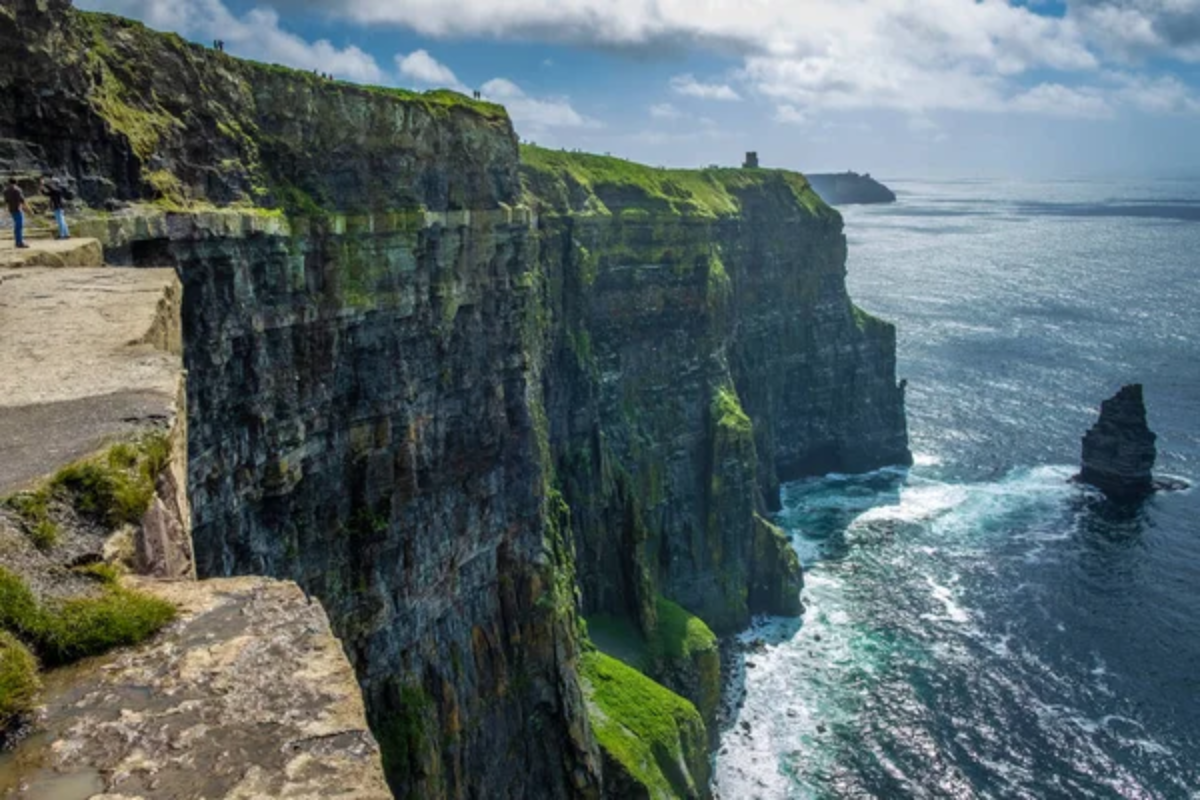
Standing 700 feet above the Atlantic Ocean, these dramatic limestone cliffs capture the pure essence of sea salt carried upward on strong winds and ocean spray. The salt-laden air here feels almost therapeutic as it fills lungs accustomed to urban environments.
During storms, the intensity increases dramatically as waves crash against the cliff base, sending mist high into the air that settles on skin and clothes with a tangible mineral residue.
Dead Sea Shores, Jordan/Israel
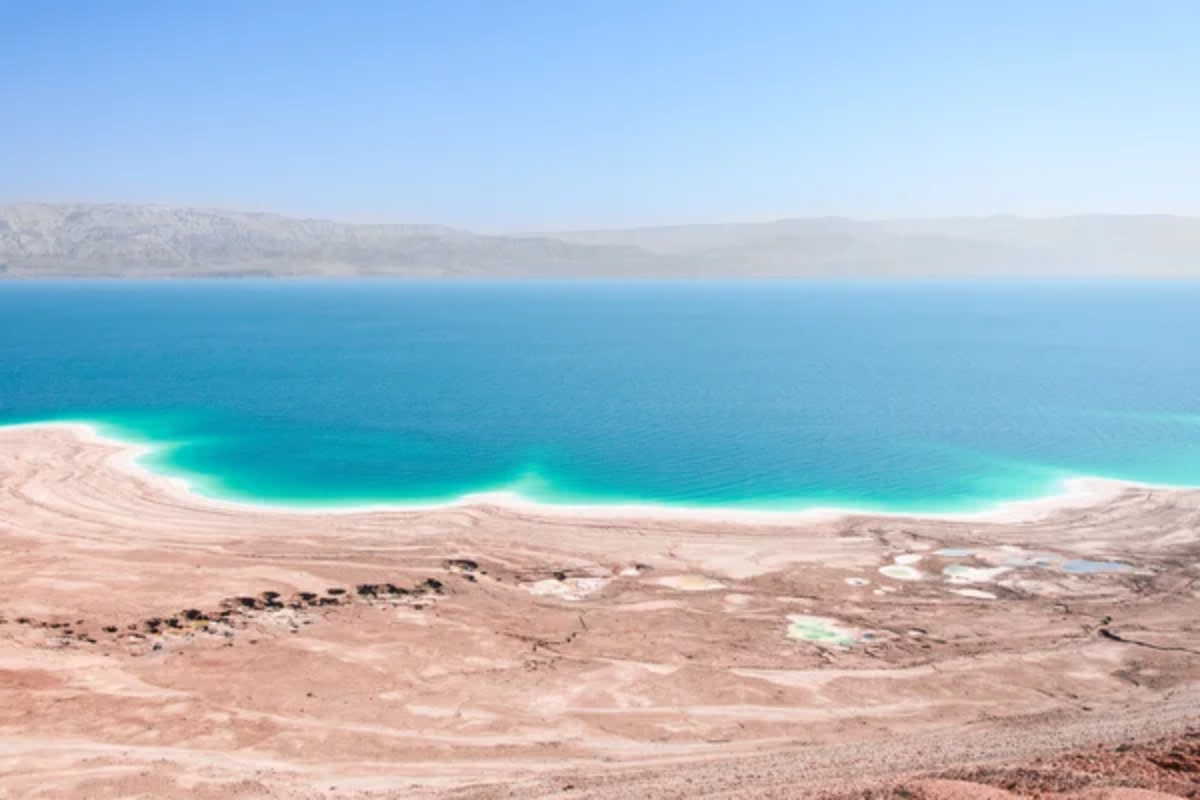
The world’s saltiest body of water creates an unmistakable olfactory environment, unlike any typical ocean coastline. With salt concentrations nearly ten times greater than seawater, the Dead Sea produces a heavy, mineral-rich aroma that hangs in the still desert air.
This distinctive scent combines with the visual phenomenon of salt crystals forming along the shoreline to create a multisensory experience of nature’s most concentrated saline environment.
Like Travel Pug’s content? Follow us on MSN.
Bonneville Salt Flats, Utah
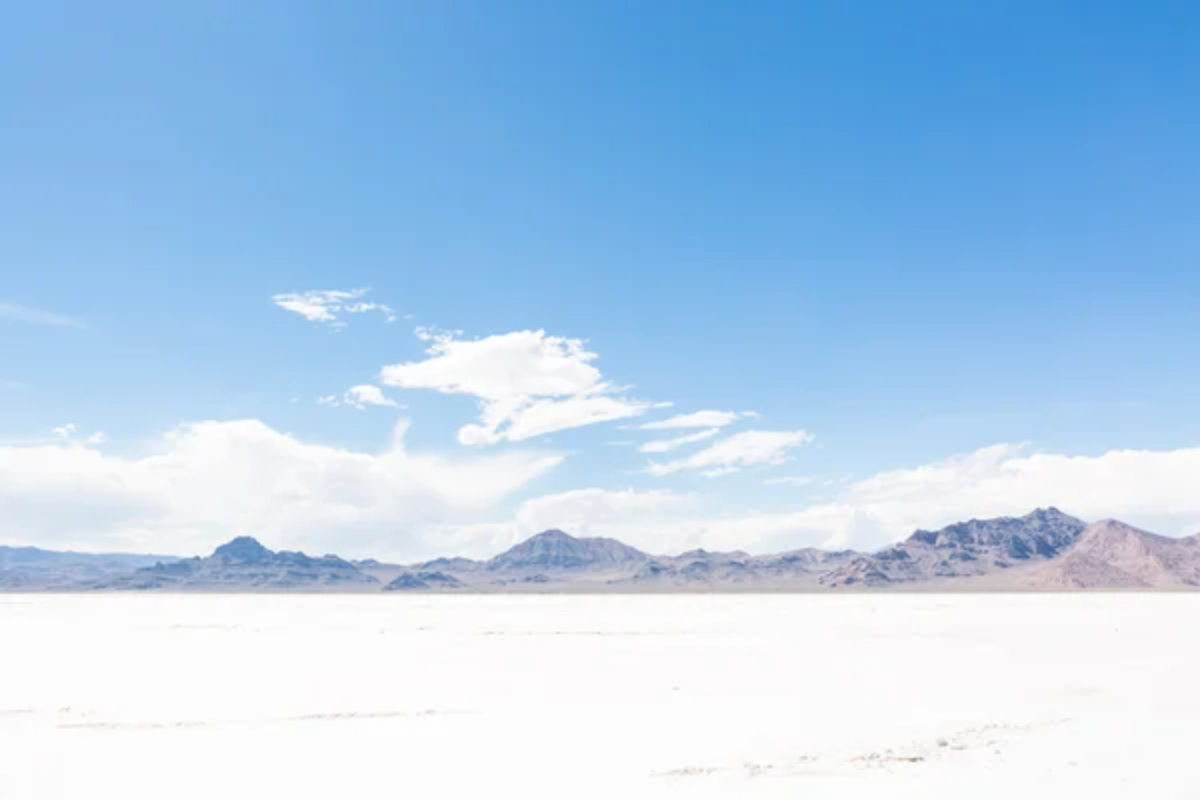
These vast, otherworldly plains of pure white salt stretch toward the horizon, creating an inland sea of crystallized minerals left behind by an ancient lake. Though hundreds of miles from any ocean, the salt flats produce their unique aroma—especially after rare rainfall when a thin layer of water reactivates the minerals.
The scent here lacks the organic elements of oceanic salt but offers a pure, elemental version of saline fragrance under the vast Western sky.
Bay of Fundy, Canada

Home to the world’s highest tides, this bay sees water levels rise and fall by up to 50 feet twice daily, exposing and then submerging vast mudflats rich in marine minerals. During low tide, the exposed seabed releases an intense salt-marsh aroma, combining traditional sea salt scents with earthy undertones from the nutrient-rich mud.
The cyclical nature of these extreme tides means the olfactory landscape transforms dramatically throughout the day, offering different aromatic experiences depending on the timing of your visit.
The Blue Grotto, Capri, Italy
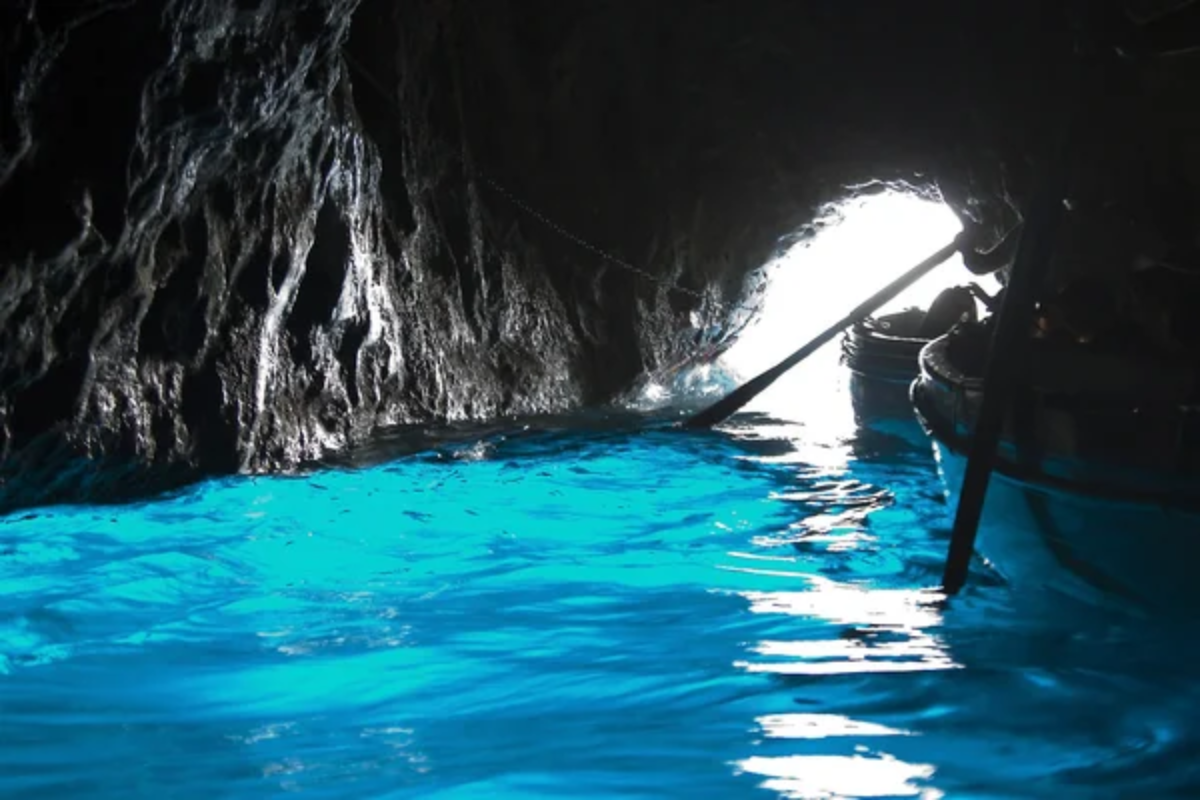
This sea cave’s narrow entrance forces visitors to duck as small rowboats slip into a chamber illuminated by an otherworldly blue light filtering through the underwater opening. The enclosed space intensifies the salt aroma, creating an atmosphere where the scent seems as blue as the illuminated water.
The combination of concentrated sea salt fragrance and the visual spectacle creates a multisensory environment that explains why this natural formation has fascinated visitors since Roman times.
Like Travel Pug’s content? Follow us on MSN.
Salar de Uyuni, Bolivia
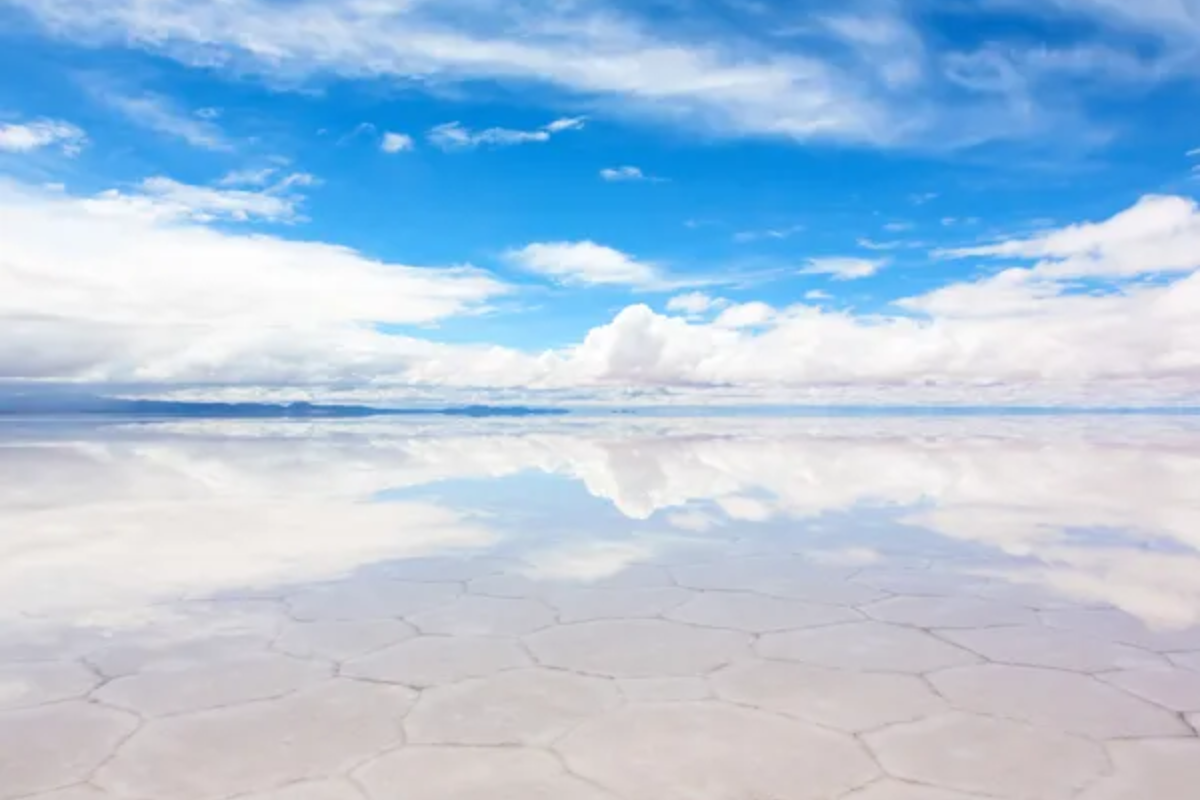
The world’s largest salt flat creates a surreal landscape where a thick crust of salt extends to the horizon in all directions. During the dry season, the crystalline surface releases a subtle mineral aroma under the intense Andean sun.
After rainfall, a thin layer of water transforms the flats into a perfect mirror reflecting the sky while simultaneously intensifying the salt fragrance as the minerals become more active through contact with water.
Point Lobos, California
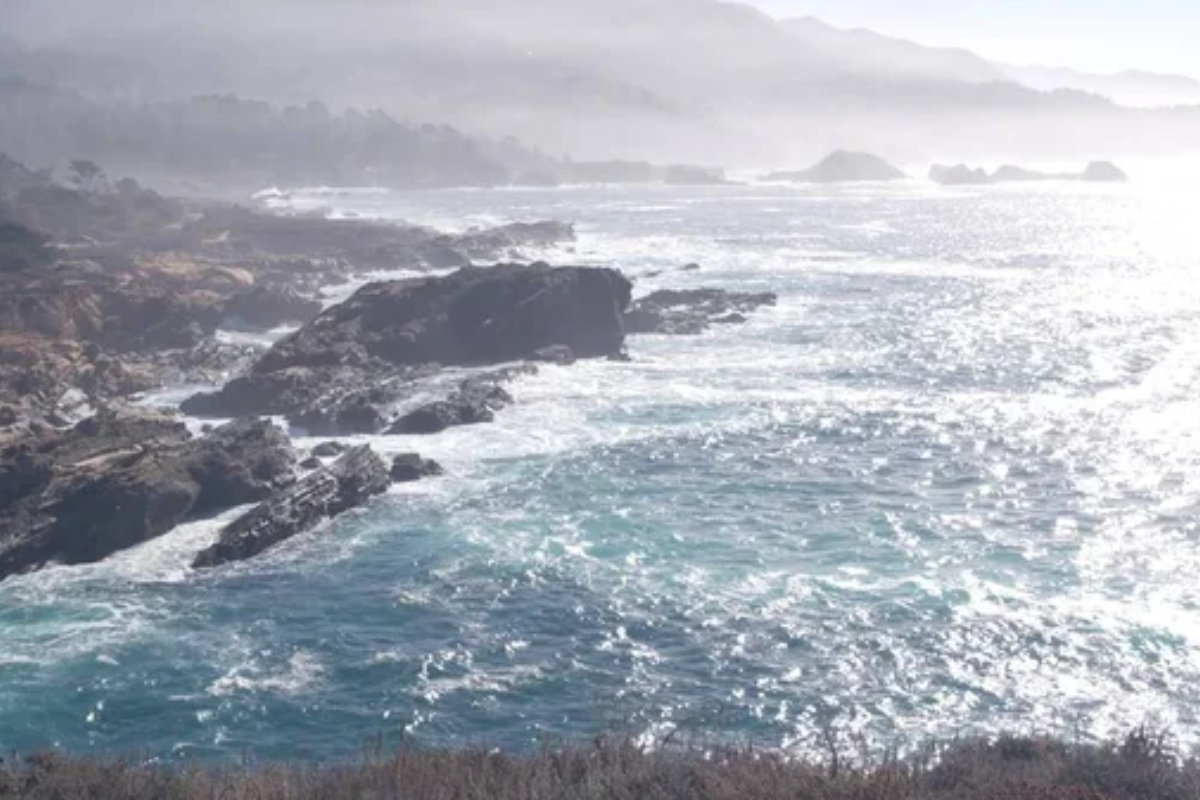
This windswept coastal reserve combines the scent of sea salt with the aromatic coastal sage that clings to rocky outcroppings. The collision of cold Pacific currents with the shoreline creates frequent fog banks that capture and intensify the salt aroma, carrying it among ancient cypress trees twisted by constant wind.
Tidepools concentrate the scent in small pockets along the shore, where the evaporation of trapped seawater leaves behind salt crystals that catch the California sunshine.
Salinas Grandes, Argentina
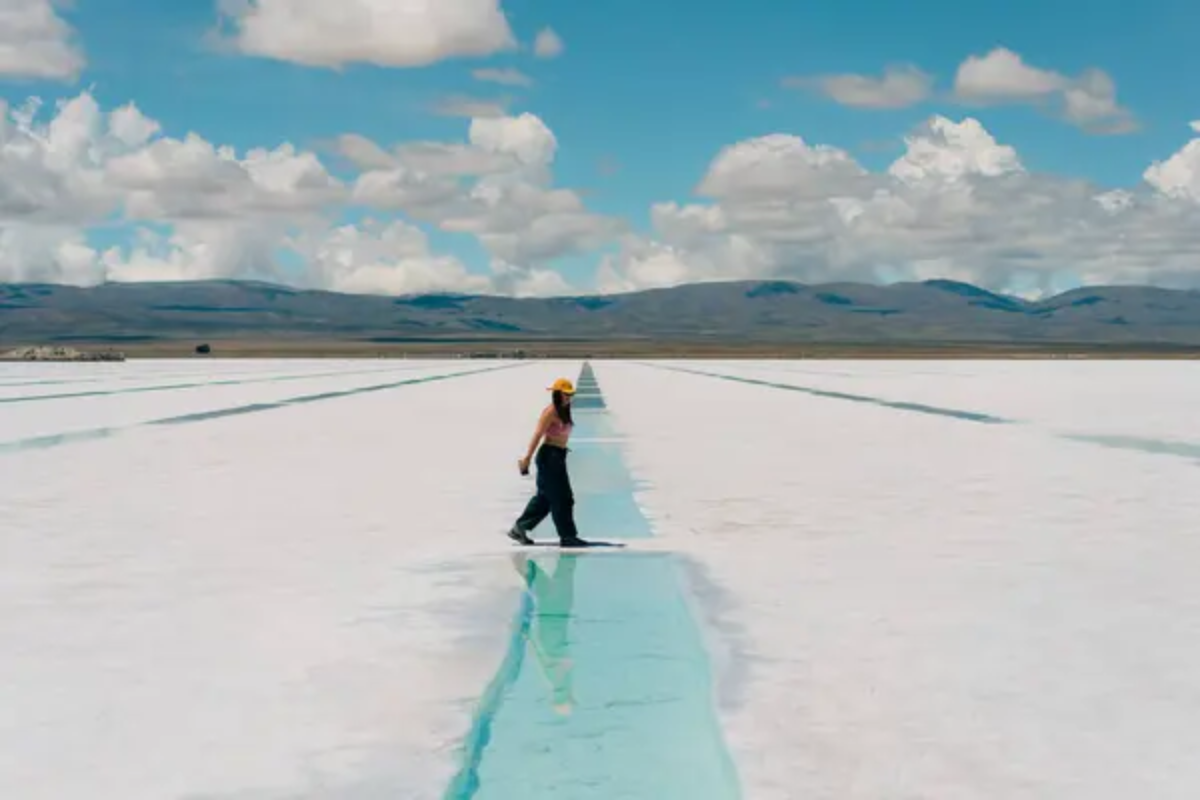
High in the Jujuy Province, these vast salt flats were once beneath an ancient sea that evaporated millions of years ago. The thin mountain air carries the distinct aroma of mineral salts across the blindingly white expanse where local workers still harvest salt using traditional methods.
The contrast between the pure white salt crust and the intense blue Andean sky creates a visual backdrop almost as strong as the mineral scent that rises from the ground on warm afternoons.
Like Travel Pug’s content? Follow us on MSN.
Great Salt Lake, Utah
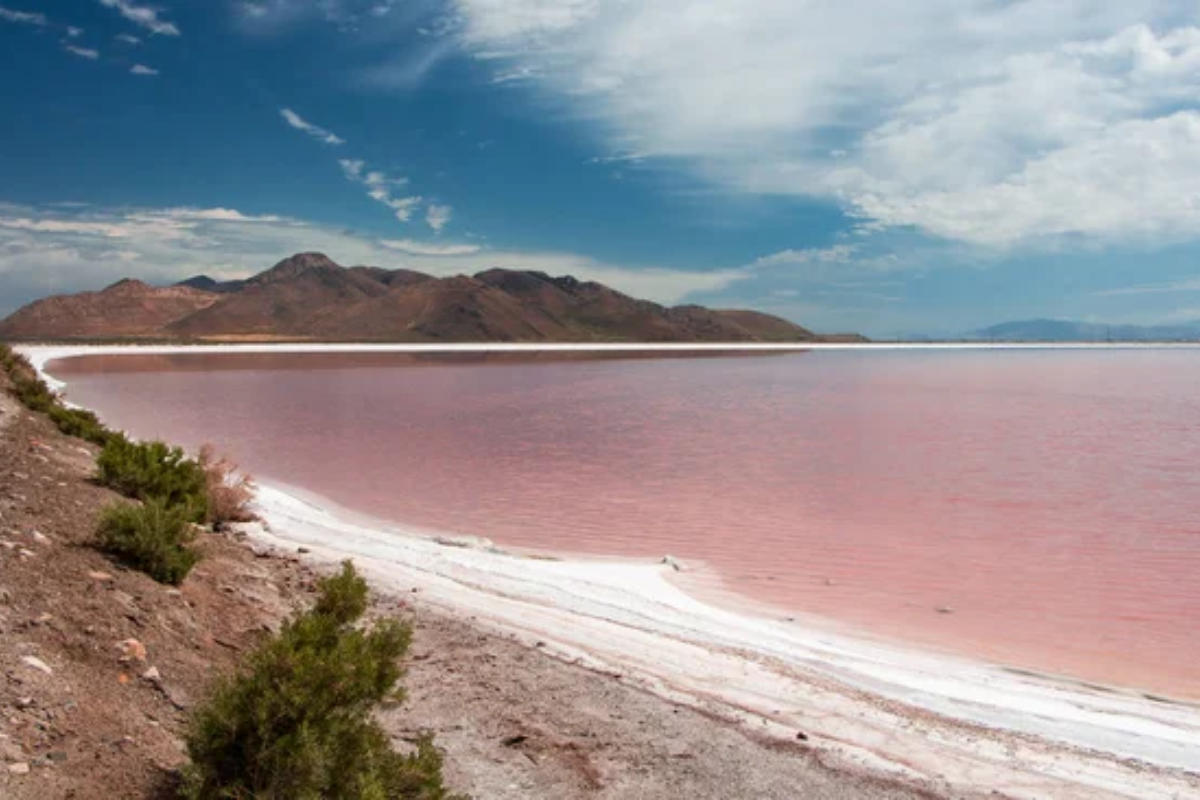
America’s inland sea produces a distinctive aroma different from oceanic salt, influenced by the lake’s unique mineral composition and the brine shrimp that thrive in its waters. During summer, evaporation concentrates salt along the shoreline, intensifying the mineral scent that carries across the nearby desert.
The neighboring salt flats add another dimension to the sensory experience, particularly at sunrise and sunset when temperature changes make the aroma most noticeable.
Guerrero Negro Salt Flats, Mexico
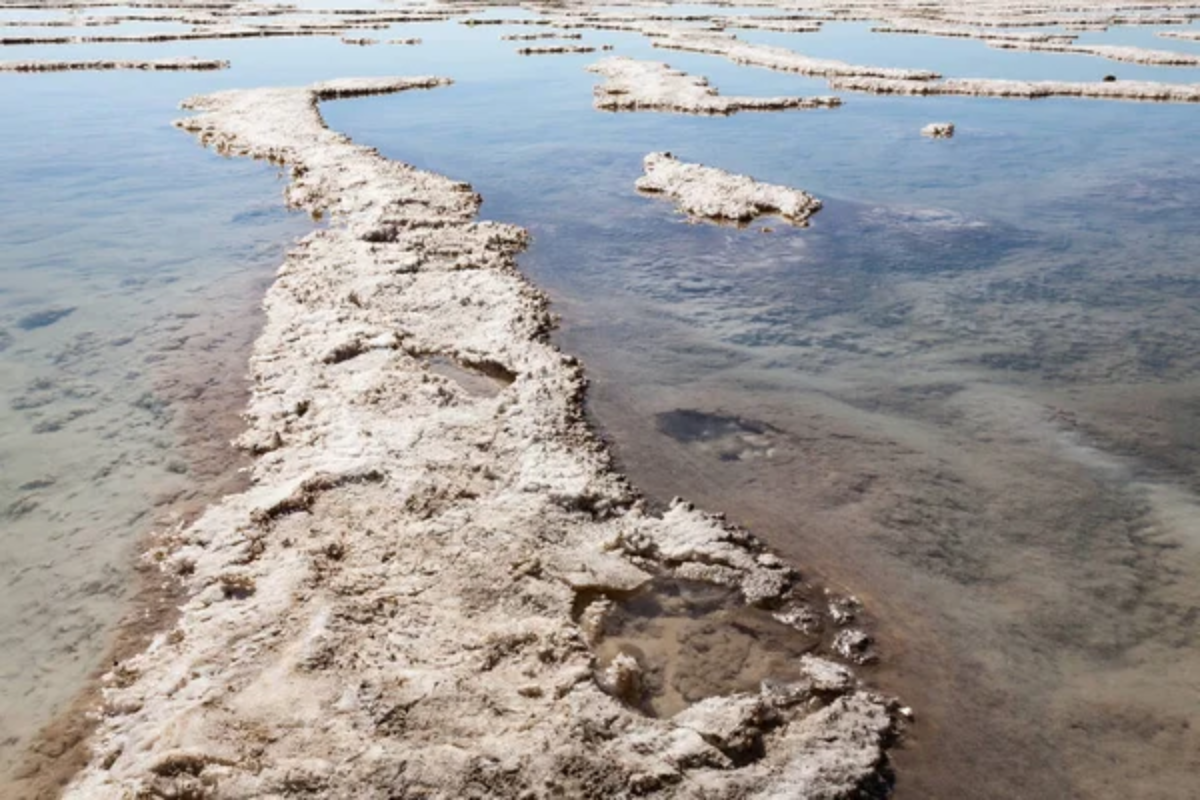
The world’s largest salt works produce over seven million tons of salt annually from evaporation ponds that stretch toward the horizon in a geometric patchwork visible from space. The industrial-scale operation creates an intensified version of natural salt scents, with different ponds at various stages of evaporation producing distinct aromatic notes.
Huge mountains of harvested salt await transport, releasing their mineral perfume into the desert air, where it mingles with the nearby Pacific Ocean’s natural salt fragrance.
Ria Formosa Lagoons, Portugal
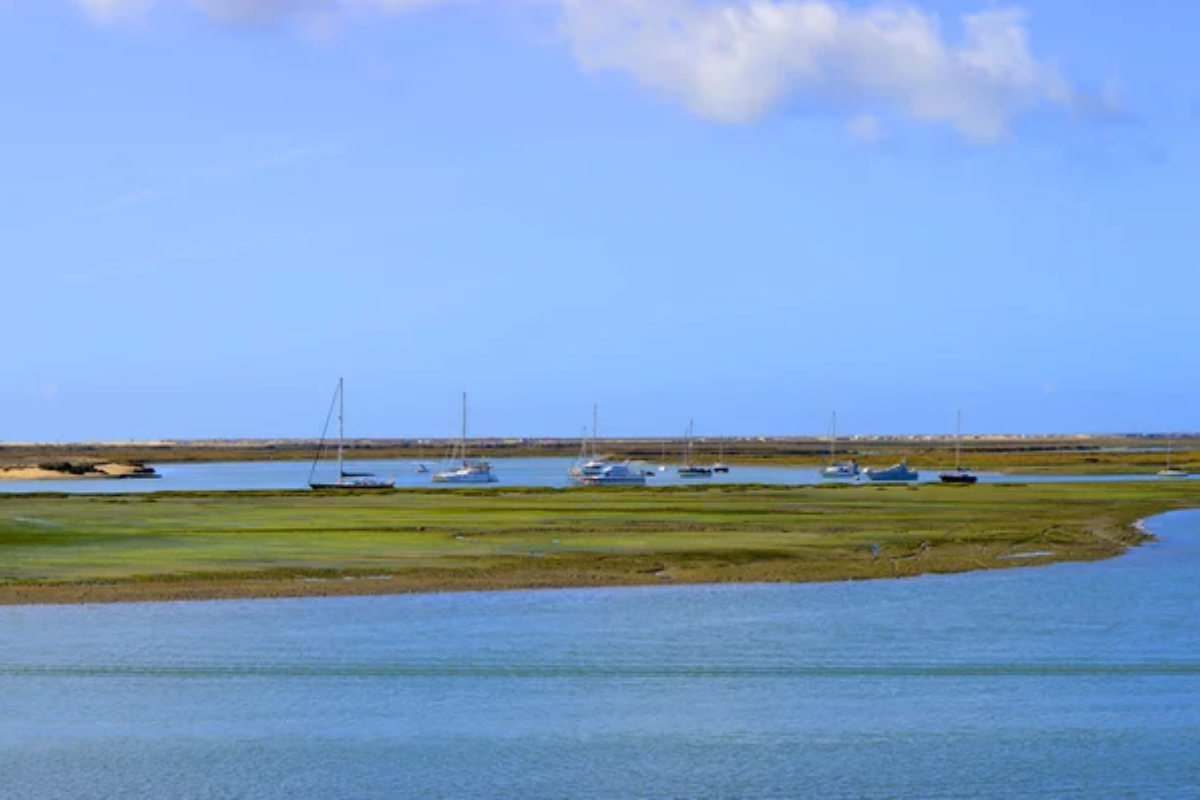
This coastal labyrinth of islands, channels, and salt marshes along the Algarve coast produces a complex aromatic profile that changes with the tides. Traditional salt pans still actively harvest sea salt, adding concentrated mineral notes to the lagoon system’s natural fragrance.
The protected waters host rich marine ecosystems whose biological elements add complexity to the base salt aroma, creating an olfactory environment that captures the essence of the meeting between land and sea.
Like Travel Pug’s content? Follow us on MSN.
Lake Assale, Ethiopia
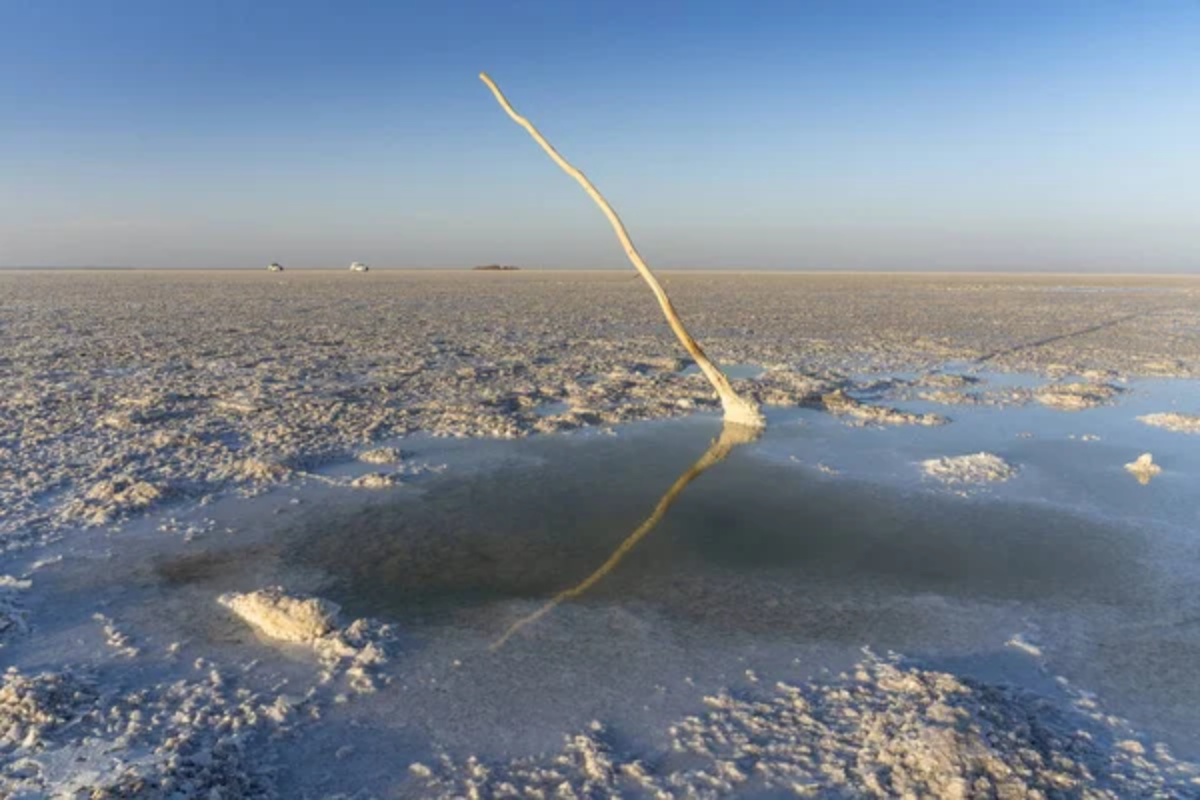
Located 155 feet below sea level in the Danakil Depression—one of the hottest places on Earth—this salt lake creates an extreme environment where temperatures regularly exceed 120°F. The intense heat accelerates evaporation, leaving behind salt formations that Afar tribesmen harvest into camel caravans as they have for centuries.
The combination of extreme heat, mineral-rich water, and salt deposits creates a powerful aroma that seems to embody the elemental harshness of this otherworldly landscape.
Rann of Kutch, India

This seasonal salt marsh transforms dramatically with the monsoon cycle, alternating between a vast mudflat and a shallow inland sea. During the dry season, the evaporated salt creates a white desert that extends to the horizon, releasing its mineral aroma under the intense Indian sun.
Local communities have harvested salt here for generations, creating pyramids of crystalline white against the otherwise flat landscape that intensifies the natural salt fragrance.
Mont Saint-Michel Bay, France

The extreme tidal range here—among the highest in Europe—creates a constantly changing landscape where the scent of salt permeates the medieval abbey and village. At low tide, vast mudflats release mineral aromas activated by the sun, while high tide brings ocean water swirling around the island’s base.
The salt-laden air has permeated the ancient stone of the abbey for centuries, creating a building that seems to exhale the essence of the sea with changes in humidity and temperature.
Like Travel Pug’s content? Follow us on MSN.
Læsø Salt Seething, Denmark

This North Sea island revived medieval salt-making techniques to produce flake salt from underground brine, following methods dating to the 12th century. The salt is produced in shallow wooden vessels inside distinctive thatched huts, where seawater slowly evaporates over smoldering fires.
The combination of wood smoke, sea brine, and crystallizing minerals creates a unique sensory environment where the salt aroma intertwines with the historical process visible before visitors’ eyes.
Cape Cod Salt Marshes, Massachusetts

The extensive salt marsh system along the Cape’s protected bay side creates a distinctive fragrance that combines classic sea salt with the earthy notes of marsh grasses and tidal mud. These transitional ecosystems, rhythmically covered and exposed by tides, release concentrated salt aromas during the summer heat.
Local salt-making operations have revived the area’s historical industry, adding the scent of artisanal evaporation greenhouses to the natural salt marsh fragrance.
The Makgadikgadi Pans, Botswana
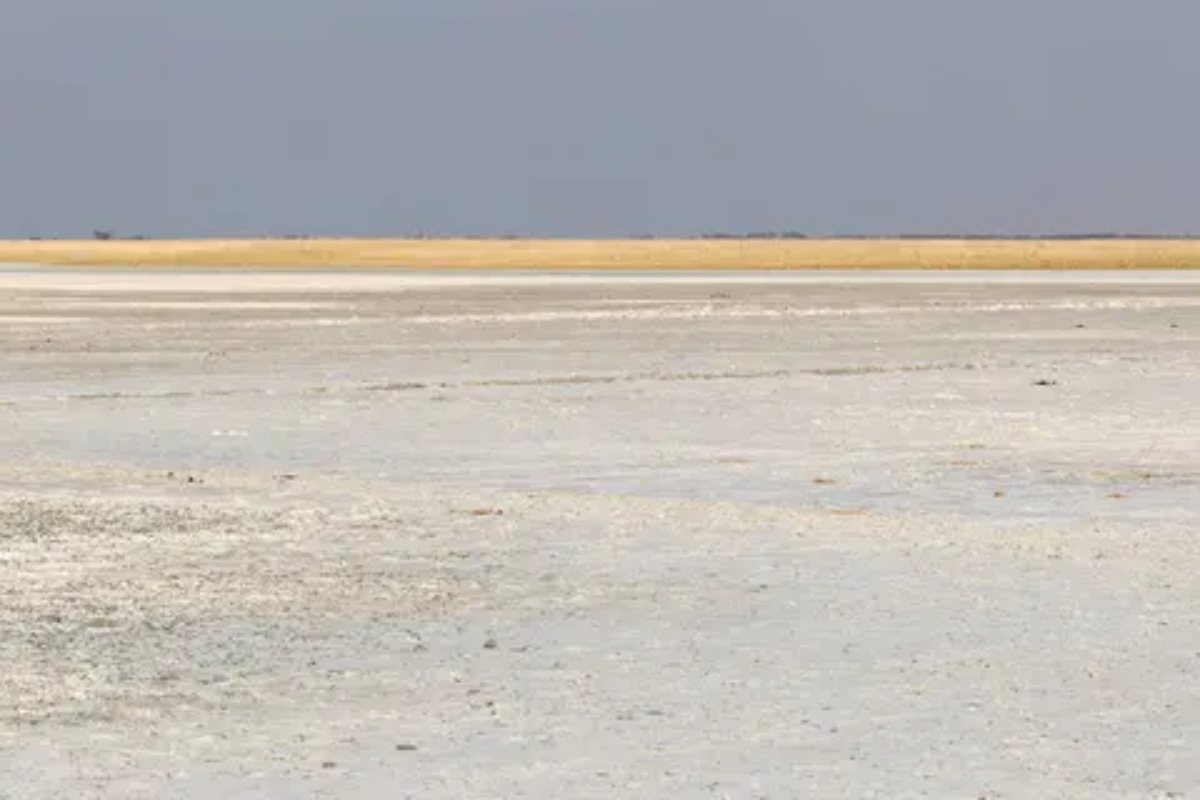
This ancient lakebed transforms seasonally from arid salt flats to shallow lakes that attract thousands of flamingos. During the dry season, the salt-encrusted earth extends to the horizon in a disorienting white expanse.
When the first rains activate the minerals, a distinctive aroma rises from the ground, signaling the dramatic transformation about to occur in this seemingly lifeless landscape that will soon teem with birds and wildlife drawn to the revitalized salt lake.
Like Travel Pug’s content? Follow us on MSN.
Shark Bay, Australia
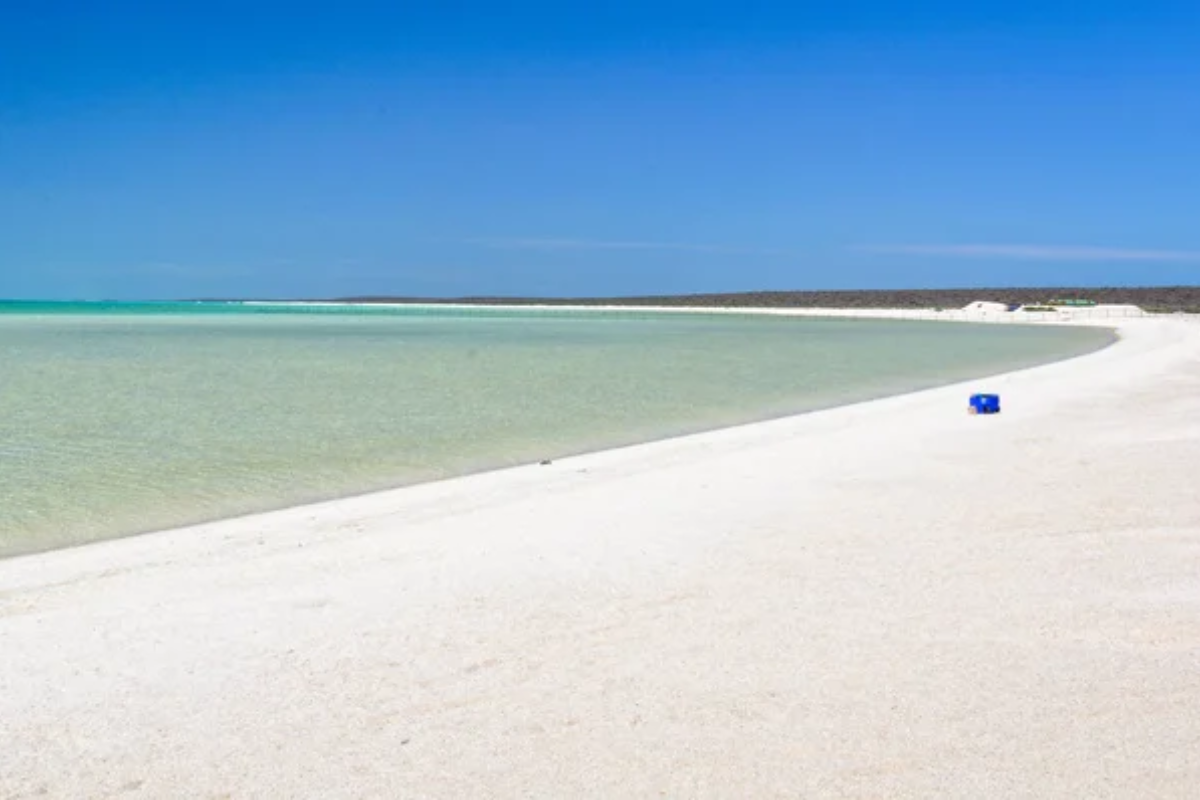
This UNESCO World Heritage site hosts stromatolites—some of Earth’s oldest living fossils—in hypersaline waters twice as salty as normal seawater. The bay’s unusual salt concentration creates a distinct aroma that combines traditional ocean scents with something more primordial.
Shell Beach, composed entirely of tiny white cockle shells instead of sand, adds another dimension to the olfactory experience as the sun warms millions of calcium carbonate shells saturated with the bay’s hypersaline water.
Trapani Salt Pans, Sicily
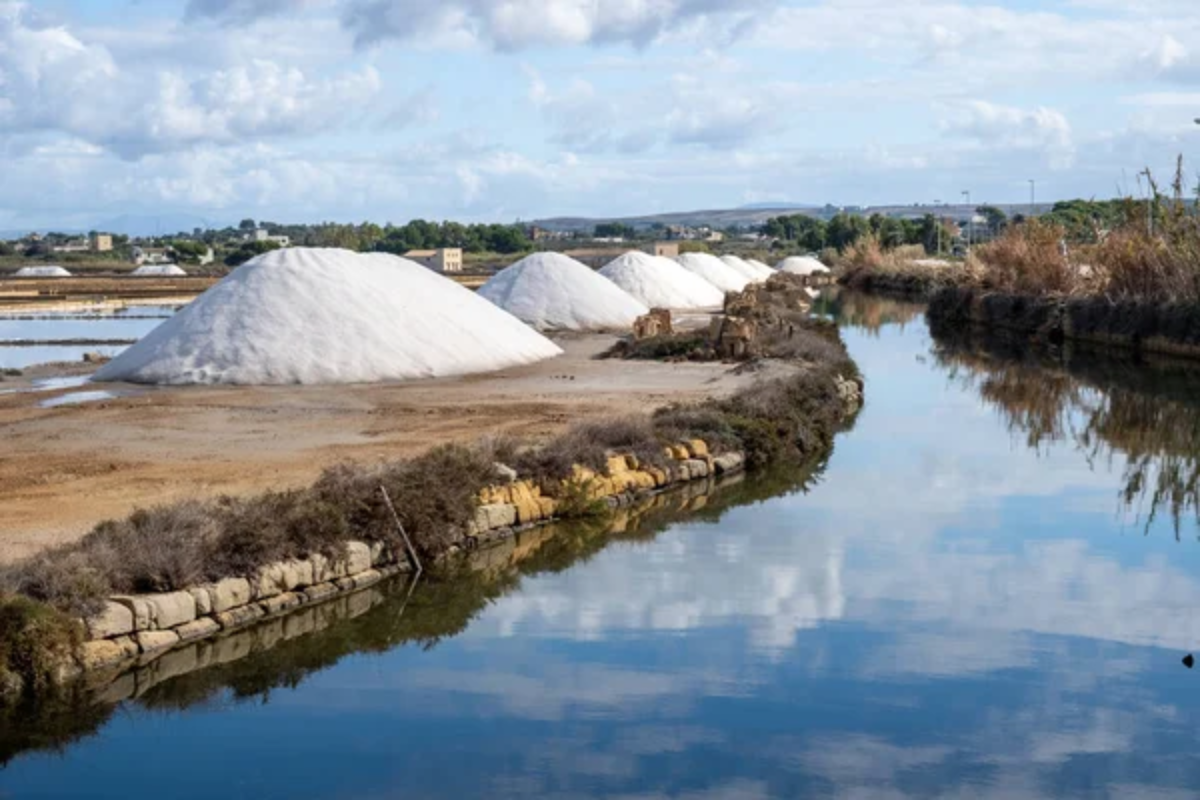
Operating since Phoenician times, these historic salt works create a geometric landscape of evaporation ponds and windmills against the Mediterranean backdrop. The traditional harvesting methods remain largely unchanged, with salt workers gathering crystals under the Sicilian sun.
Summer evening breezes carry intensified salt fragrance across the nature reserve, where flamingos often feed in the mineral-rich waters that produce some of Italy’s most prized sea salt.
Don Edwards San Francisco Bay Wildlife Refuge, California
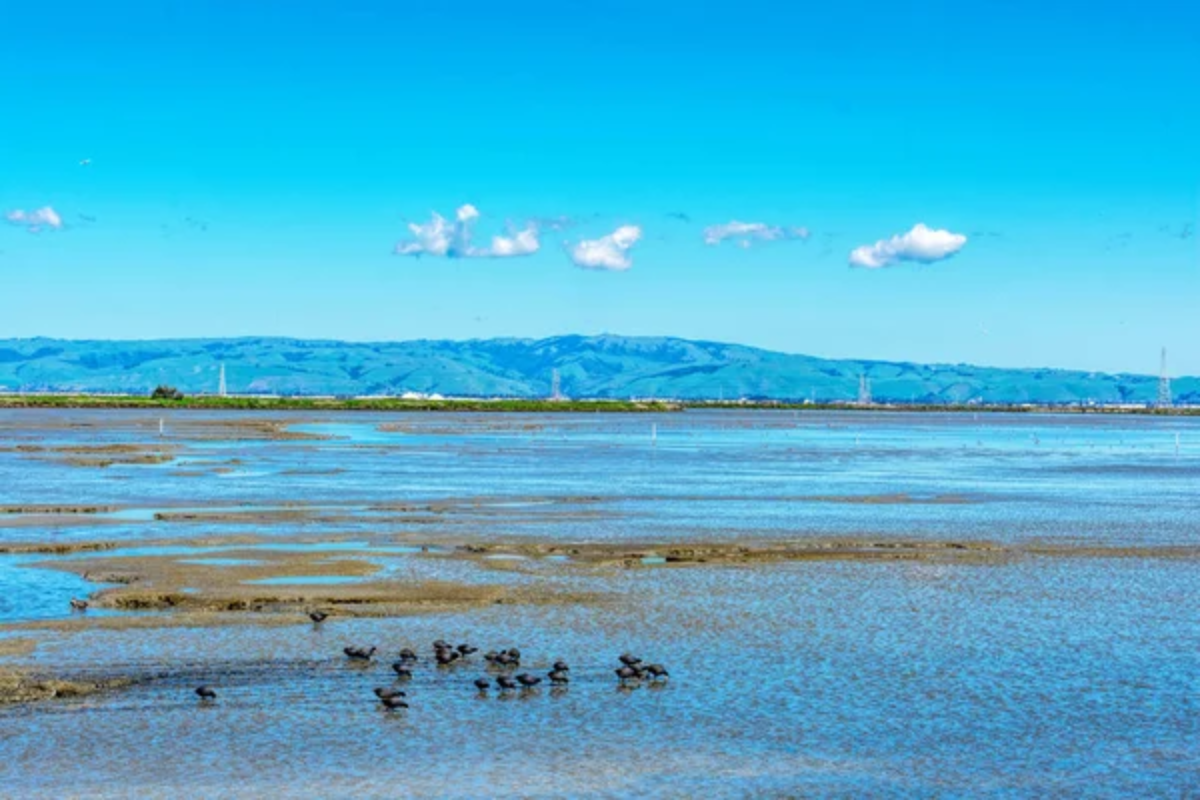
This urban salt marsh preserves a landscape that once dominated the San Francisco Bay’s edges before development. Historic salt evaporation ponds now converted to wildlife habitat display vivid colors created by microorganisms that thrive in different salinity levels.
The distinctive aroma of these wetlands—combining salt with the earthy notes of pickleweed and cordgrass—provides a sensory connection to the bay’s natural state that predates the surrounding metropolis.
Like Travel Pug’s content? Follow us on MSN.
The Sensory Geography of Salt
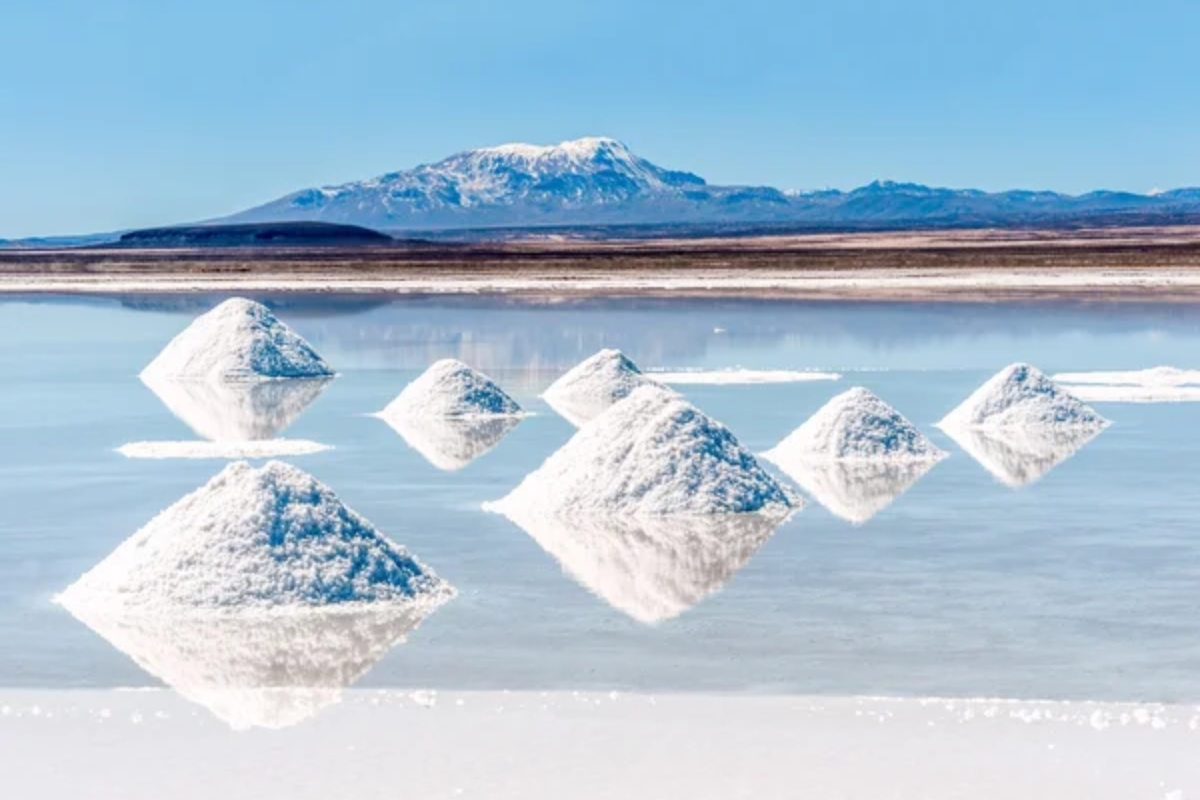
The distinctive scent of sea salt does more than signal proximity to coastlines—it connects us to ancient human experiences and essential natural processes. These locations demonstrate how the simple combination of water and minerals creates environments that engage our often-neglected sense of smell.
While photographs capture the visual splendor of salt-dominated landscapes, the aromatic dimension must be experienced firsthand, creating memories that can be instantly recalled with a single breath of salt-laden air. These places remind us that the most powerful travel experiences engage all our senses, with fragrance often forming the most direct path to lasting memory.
More from Travel Pug

- 20 Towns Built for One Purpose That Were Later Abandoned
- 15 Hidden Spots in Disney World’s Magic Kingdom Most Visitors Miss
- 20 Once-Popular Beach Towns That Are Now Ghostly Empty
- 15 Canyons in the U.S. That Are Just as Stunning as the Grand Canyon
- 10 Under-the-Radar Mountain Towns That Are Both Affordable and Beautiful
Like Travel Pug’s content? Follow us on MSN.
